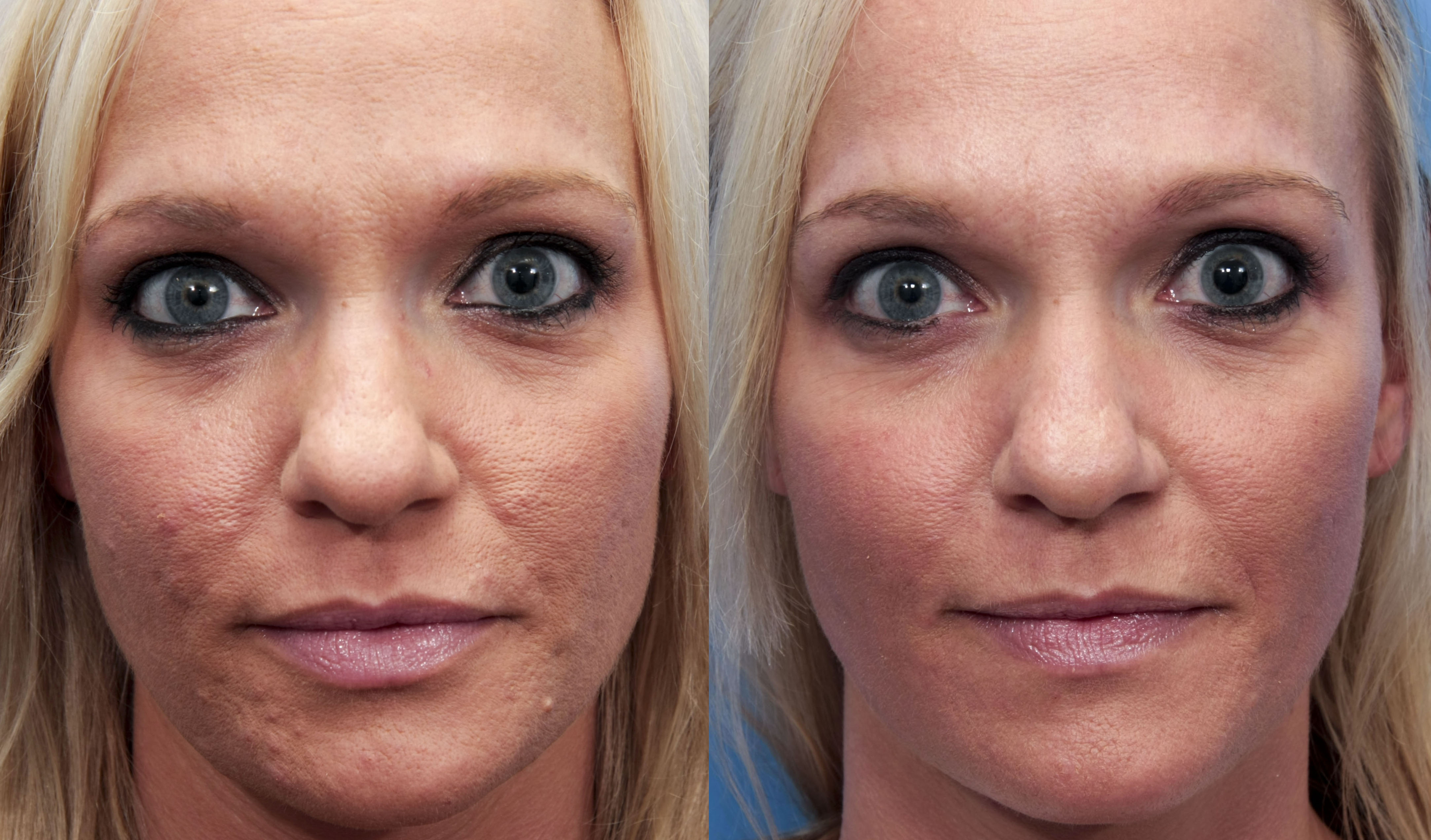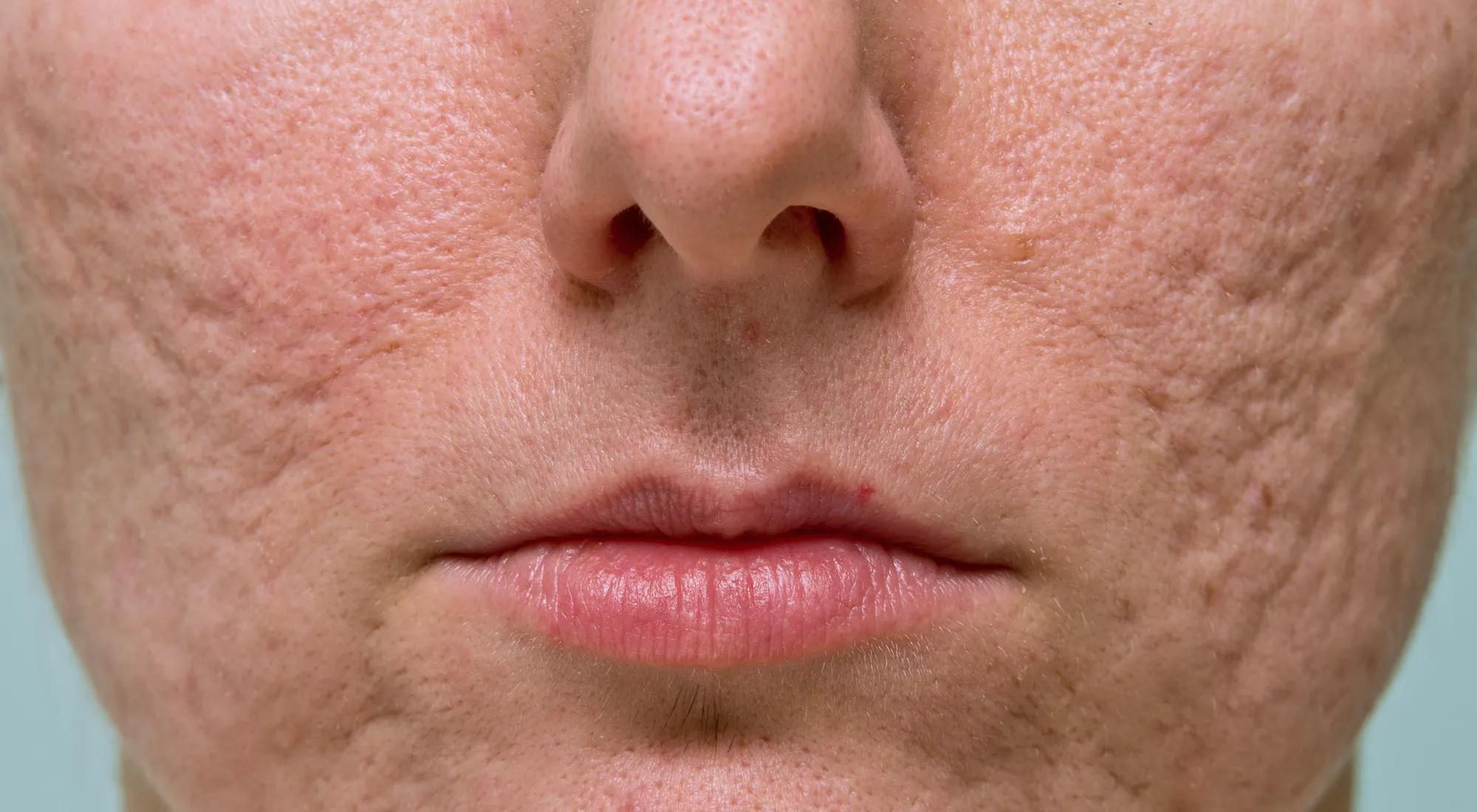Top Acne Treatment for Sensitive Skin: Gentle Solutions for Clear Skin
Top Acne Treatment for Sensitive Skin: Gentle Solutions for Clear Skin
Blog Article
Exploring Skin Conditions: Treating and identifying Acne Scars for Healthier Skin
Acne scars represent a considerable issue for individuals seeking to preserve healthy skin, as they can impact both look and self-worth. Recognizing the different kinds of marks, from atrophic to hypertrophic, is important for establishing proper treatment choices.
Understanding Acne Marks

The body's natural healing process can result in either atrophic marks, which appear as clinical depressions in the skin, or hypertrophic scars, which are increased and result from overflow of collagen. In addition, the emotional toll of acne marks must not be underestimated; numerous people report feelings of embarrassment, anxiety, and reduced self-confidence. This psychological problem can influence social communications and overall high quality of life.
Attending to acne marks needs a comprehensive understanding of their development and effect. Recognition of the possibility for long-term effects linked with without treatment marks can motivate individuals to look for proper treatments. Early intervention and effective monitoring strategies can significantly boost skin look and enhance mental durability, emphasizing the value of comprehending the intricacies bordering acne marks.
Sorts Of Acne Scars
Acne scars can be categorized right into distinct types, each showing unique qualities and calling for specific therapy approaches. acne and acne scars treatment. The main kinds of acne marks include atrophic, hypertrophic, and keloid scars

Hypertrophic scars, in contrast, are increased over the skin degree and are the result of extreme collagen manufacturing throughout the healing procedure. They typically stay within the boundaries of the original acne lesion. Keloid scars are comparable yet extend past the initial injury site, creating larger, raised locations that can be uncomfortable or scratchy.
Understanding these types of marks is vital for choosing appropriate treatment options. Various scars may react far better to particular treatments, such as laser treatments, fillers, or surgical interventions, highlighting the value of a tailored technique to acne scar administration.
Identifying Your Scars
When examining the appearance of your skin, it is crucial to precisely identify the kind of marks present, as this will inform the most reliable treatment technique. Acne marks generally fall into 2 groups: atrophic and hypertrophic scars. Atrophic marks, which are one of the most common, look like depressions or impressions on the skin. These can even more be identified right into ice-pick scars, boxcar marks, and rolling scars, each showing distinct characteristics and calling for various approaches for analysis.
Hypertrophic scars, on the various other hand, are elevated and take place due to extreme collagen manufacturing during the healing process. Recognizing the specific attributes of your scars-- such as texture, deepness, and size-- is essential for appropriate recognition (acne scars). In addition, think about the distribution of scars across your skin, as this can indicate the seriousness and period of the acne problem
Engaging with a skin doctor can provide useful insights right into the nature of your scars, helping in the distinction between numerous types. A detailed understanding of your scars will ultimately cause an extra customized and effective treatment plan, making his response sure a clearer and much healthier complexion.
Therapy Alternatives Available
Recognizing the certain kind of acne marks present on your skin prepares for exploring effective therapy alternatives. Common kinds of acne marks include atrophic (depressed), hypertrophic (increased), and post-inflammatory erythema.
For atrophic marks, alternatives such as chemical peels, microneedling, and laser resurfacing are extensively made use of. Chemical peels make use of acids to remove the external layer of skin, advertising new cell development.
Hypertrophic marks can be treated with corticosteroid shots to squash the scar or laser therapy to decrease inflammation and improve appearance. Silicone gel sheets and stress dressings might also help in managing increased marks.
Additionally, dermal fillers can temporarily complete anxieties from atrophic marks, while medical excision might be suitable for severe instances. Each therapy option has its advantages and factors to consider, making it necessary to talk to a skin specialist. They can give personalized referrals based on the kind and seriousness of your marks, as well as your skin kind and overall wellness.
Tips for Prevention
Effective prevention approaches can dramatically decrease the probability of creating acne marks. The primary step is to maintain a constant skin care regimen that includes gentle cleaning, exfoliation, and moisturizing. Making use of non-comedogenic items aids stop blocked pores, which can worsen acne. Furthermore, including topical therapies containing salicylic acid or benzoyl peroxide can properly reduce and manage breakouts swelling.
Avoiding need to pop or pick acne lesions is crucial, as this can cause deeper skin damages and increase the threat of scarring. Rather, think about utilizing a cool compress or over-the-counter therapies to decrease swelling and redness.
Sun security is an additional vital aspect of avoidance; ultraviolet (UV) rays can darken scars and discover this prevent the healing procedure. Applying a broad-spectrum sunscreen with at the very least SPF 30 daily can protect the skin and advertise also healing.
Lastly, keeping a well balanced diet regimen abundant in minerals, vitamins, and antioxidants sustains skin health and healing. Staying hydrated and managing tension levels can also play a substantial duty in lowering acne flare-ups. By applying these methods, people can significantly minimize their chances of creating acne scars.
Verdict
In final thought, understanding and recognizing acne marks is crucial for efficient therapy and achieving healthier skin. Different kinds of acne scars, including atrophic and hypertrophic marks, require details interventions tailored to individual demands. Therapy choices range from chemical peels and microneedling to corticosteroid shots, highlighting the importance of speaking with a skin specialist. In addition, taking on a gentle skincare regimen and securing the skin from UV direct exposure can significantly contribute to the avoidance of further scarring and overall skin health.
The body's all-natural recovery process can result in either atrophic special info scars, which appear as anxieties in the skin, or hypertrophic marks, which are increased and result from overproduction of collagen. They are additional split right into three subtypes: ice pick marks, boxcar scars, and rolling marks. Acne scars usually drop right into two categories: hypertrophic and atrophic marks. These can additionally be identified right into ice-pick scars, boxcar scars, and rolling marks, each showing unique features and requiring different strategies for analysis.
Different types of acne scars, consisting of hypertrophic and atrophic marks, necessitate particular interventions customized to individual needs.
Report this page